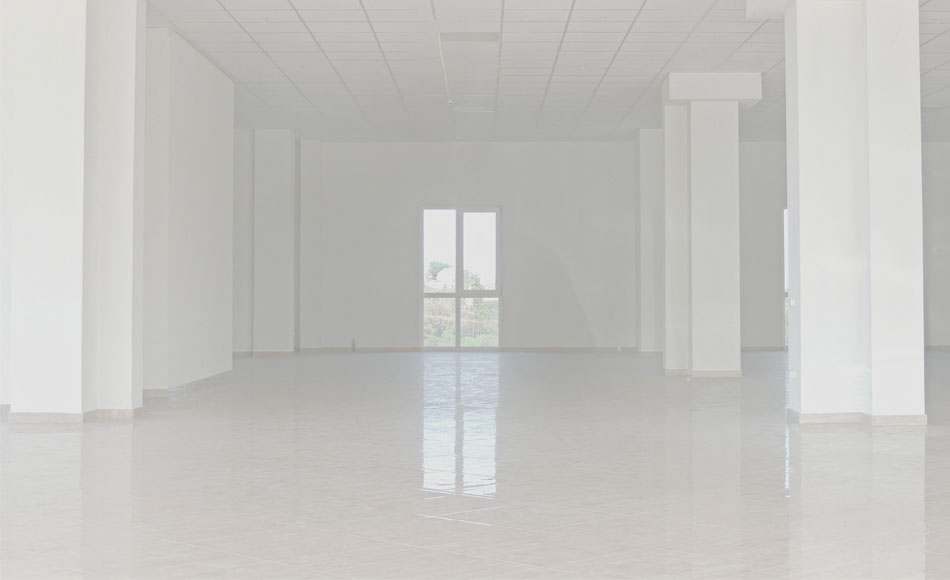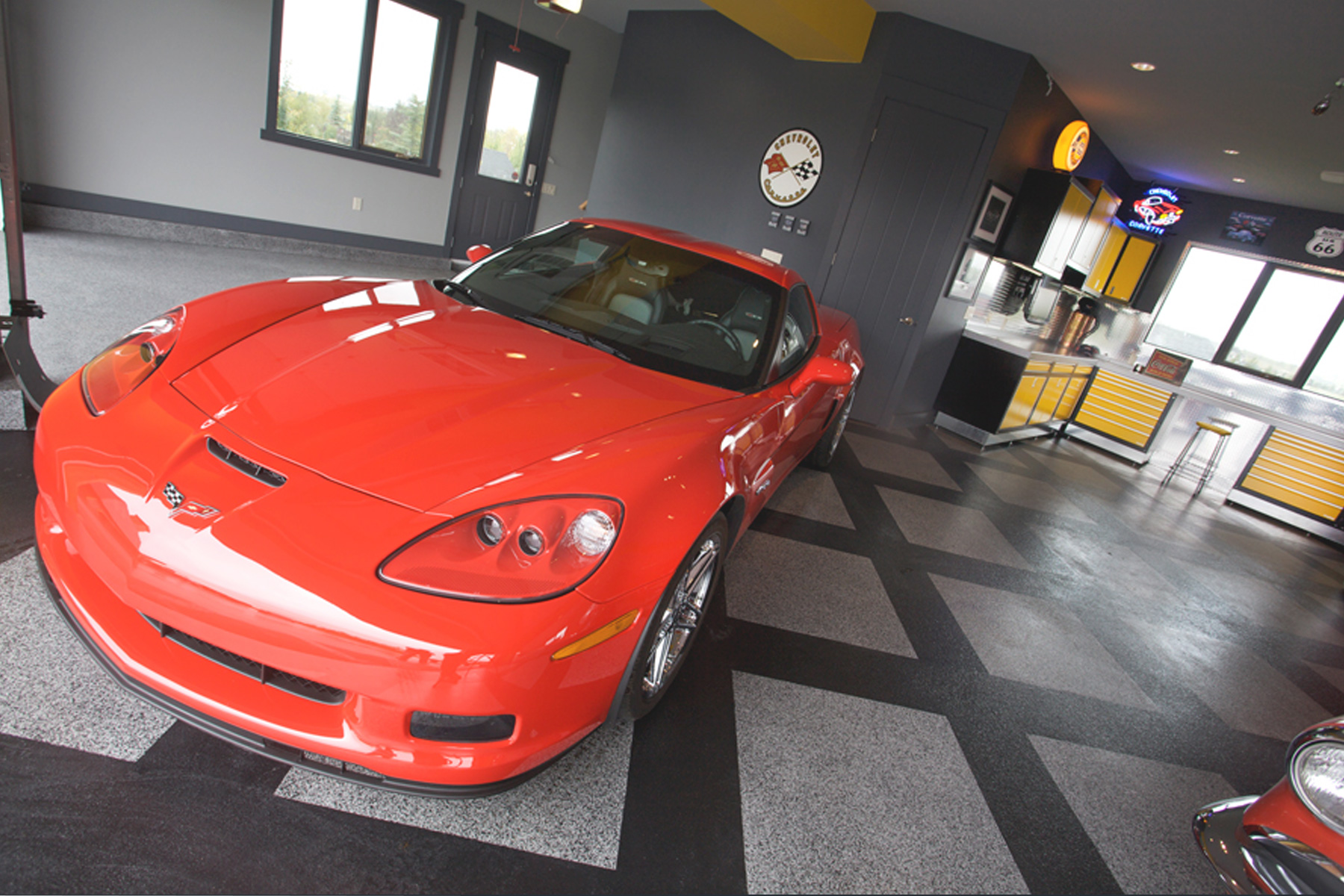
Homeowners love coming home to an attractive garage with a protective and decorative epoxy floor. We have helped thousands of property owners across Calgary and southern Alberta choose the right product for their needs – balancing durability, flexibility, abrasion resistance, chemical resistance, and many other qualities. Because of our expertise in the field, we’re often asked: is this epoxy safe to be around? What safety precautions do I need to have in place? Do I need to be worried about when applying the coating?
Here’s what you need to know about epoxy safety for the flooring in your garage.
What is Epoxy?
Epoxy is a generic name for a resin/catalyst-based coatings formula. The epoxy coating becomes activated when the two components are combined. Epoxies have been available for concrete coatings for over a century. Some epoxies are considered new technology and have only been brought into the market recently.
These variations in epoxy coatings have different formulations and additives. Still, they also share common properties – such as that they are two-component systems made up of mixing an epoxy resin and a polyamine hardener (also referred to as a catalyst). The words epoxy floors is like using the generic term automobile instead of a brand or make like Chevy or Porsche.
Epoxy is still quite popular for in-home garages because it is relatively easy to install. It has a longer work time and because of its thickness, the coating can cover up a lot of small imperfections in the concrete. Different additives can be added to achieve specific properties including chemical resistance, thermal shock protection, different coefficients of friction, and extreme durability.
Non-Epoxy Garage Floorings
Though people tend to call all garage floor coatings “epoxy coatings”, there are various other products used to coat garage floors:
- Elastomeric polyurethanes are used in waterproofing because they are more flexible and able to stretch over cracks and gaps in the concrete. Click here to compare Epoxy to Polyurethane for garage flooring.
- Urethane cement coatings are used in the very toughest commercial applications,
- Urethanes are used as top coats that can have matte or gloss finish.
- Acrylics, like MMA, are used for fast application in cold weather.
- Polyaspartic polyureas are popular because of a very fast cure time, good durability, hardness and resistance to lifting, salt, and hydrocarbons, easy cleaning of grease and dirt, and a more expansive temperature range for applications.
There are many variations of these non-epoxy coatings. Each of these systems have different safety precautions and different chemical components. It definitely takes a professional to know the difference. So, don’t be afraid to ask!
How to be Safe when working with epoxy
If you are using a commercial product that requires professional application, you must account for any fumes generated during the mixing stages. For many epoxies, these off-gas fumes can be dangerous to human lungs. Certain specific safety measures, precautions, and safety equipment will be needed by the applicators. Make sure you always get and read the Manufacturer’s Safety Data Sheets!
- Protect your skin from direct contact with the resins and hardeners. Always wear protective gloves on your hands and work clothing to cover your arms and legs.
- Protect your lungs by using a recommended NIOSH-rated face mask.
- Protect your feet and avoid slipping by using proper spiked shoe sandals.
- Protect your eyes by wearing safety glasses or goggles.
- Note that concrete dust generated by the prep process is also dangerous for your lungs – take safety precautions even at this stage.
Epoxies are considered safe (no longer producing gases) when they are fully cured (inert) and the reaction is complete. So, how do you know when that has happened?
Depending on the formula, this will be anywhere from 1-5 days (there is even a new epoxy type that can reach acceptable hardness in just 4 hours). A good sign that the curing is nearly done is when the epoxy is no longer sticky to the touch (i.e., you won’t leave fingerprints) on the surface and that there are no indents when objects are placed on its surface. Once the coating reaches its maximum hardness, it should be safe to be around.
Getting an Epoxy Garage Floor in Calgary, Alberta
Epoxy flooring is something that makes a big difference to your garage’s feel and atmosphere, but it’s also a specialty product that can be difficult to apply if you have no experience. If you’d rather leave it up to the pros, the first step in getting a new garage floor (or cabinets, storage, décor, or accessories) in your home would be to reach out for a free consultation. This will allow us to make the best recommendations for you – we will take measurements and provide a price quote for the results you want. After that, you simply choose your product’s look and feel and let us take care of the rest.
A great garage has never been so easy!


